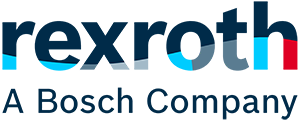Bollore Logistics (18 May 2021) - Problem Statement (1)
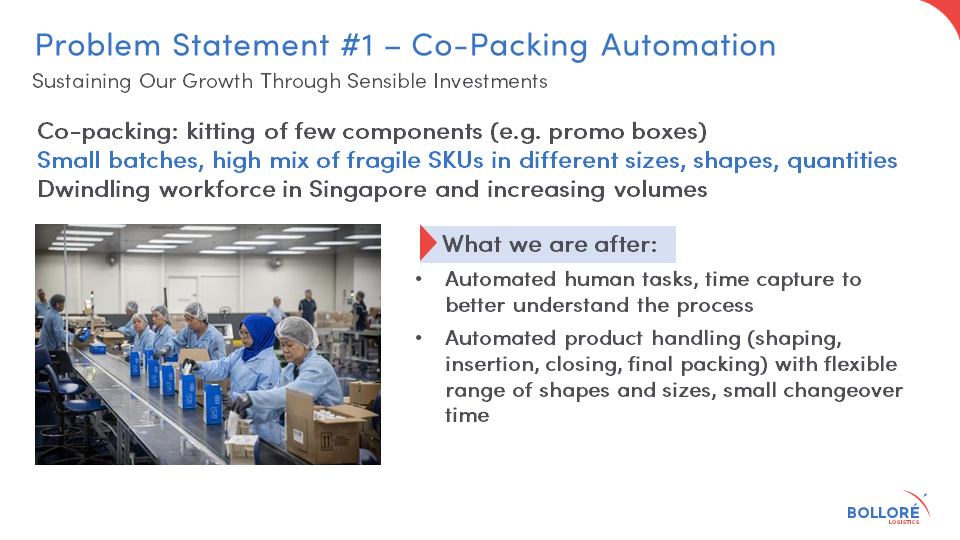
Automated human tasks, and automated product handling with small changeover time.
For startups with Technology Readiness Levels of 4 & above.

Infineon (31 Aug 2021) - Problem Statement (2)
Objectives:
- Establish integration tools for data extraction, transformation and loading.
- Develop AI data processing platforms.
- Scalable for operations implementation.
- Enable domain experts to perform data analytics independently.
Desired Outcomes:
- Focus on predictive maintenance for automated material handling equipment.
- To package prototypes into a suite of recommended platforms and tools.
- Develop AI algorithms related to the project scope.
- AI SMART Discovery: Demonstrate capability for prototype analytics for the layman.
Current Limitations:
- Problem centric data analysis: Engineers must analyse a voluminous amount of data for actionable insights through various data sources (OEE, yield, product data & recipes, machine alarms, etc.).
- High effort, time and subject matter knowledge are required for effective cause and effect analysis.
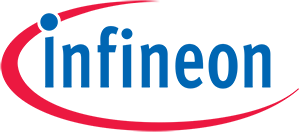
Bollore Logistics (18 May 2021) - Problem Statement (2)

Alternative transport modes, fuels, packing materials & end-to-end services.
For startups with Technology Readiness Levels of 4 & above.

Bollore Logistics (18 May 2021) - Problem Statement (3)
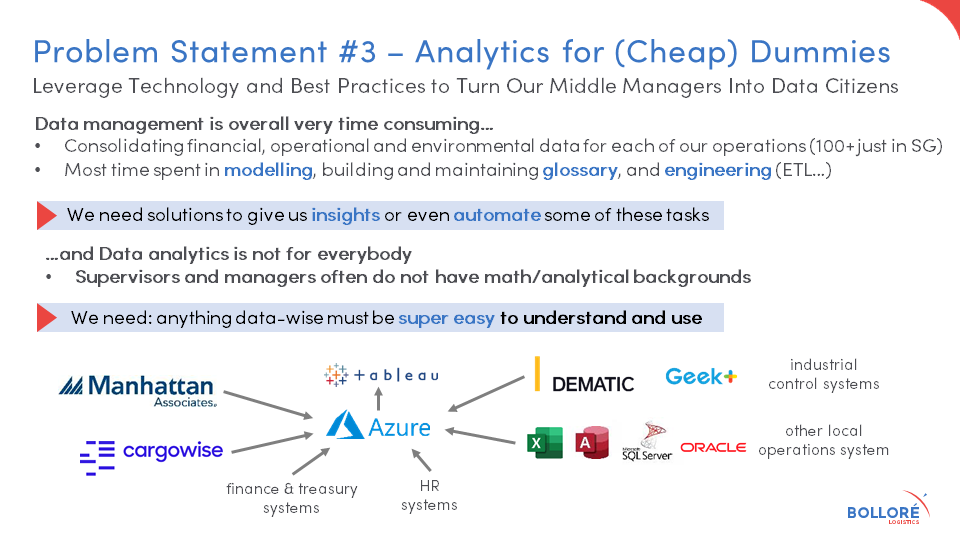
Technology and best practices to turn our middle managers into data citizens.
For startups with Technology Readiness Levels of 4 & above.

Bollore Logistics (18 May 2021) - Problem Statement (4)

Perfect low-code platforms to capture more relevant data and improve efficiency.
For startups with Technology Readiness Levels of 4 & above.

Infineon (31 Aug 2021) - Problem Statement (1)
Objectives:
- Automate tasks assignment and prioritisation based on technical requirements and technicians’ profiles.
- Optimise execution with a grouping of tasks to improve efficiency.
- Predict the demand vs supply and forecast the overtime planning.
- Identify the technical competency gap among technicians.
Desired Outcomes:
- Over 34 technicians with different skillsets for operation and engineering tasks are complex and vary widely, from logistical units collection to equipment setup.
- To have a one-stop solution platform between managers, engineers and technicians.
- Interactive solution on a mobile device for technicians to receive notifications and report efficiently.
- If the execution of tasks can be on auto-pilot mode and optimised continuously driven by data analytics, this would significantly improve work efficiency.
Current Limitations:
- Engineers need to manually book the necessary resources, including equipment and technicians’ availability.
- Independent systems are used to check and book different resources, e.g. equipment booking, technician scheduling, engineering samples, etc.
- Manual and tedious effort on engineers to communicate, cross-check, and set priorities with managers and teammates.
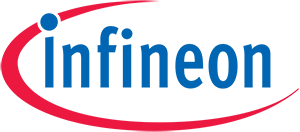
Novartis (21 Oct 2021) - Problem Statement (1)
About the Problem Statement:
The diagnosis of non-radiographic axial spondyloarthritis (nr-AxSpA) is complicated and at times protracted, beginning with a clinician’s interpretation of X-rays and requiring an MRI (Magnetic Resonance Imaging) for confirmation.
Objectives:
Together with our partner in the rheumatology department of a major hospital, we want to identify ways to accelerate the diagnosis of patients with such conditions and facilitate and support clinical decision-making.
Desired Outcomes:
Technology that has the ability to predict nr-AxSpA from X-rays alone is one example, or as a precursor to that, able to draw highly accurate (sensitive/specific) correlations between X-rays and MRIs. These approaches are not exhaustive, and we are open to ideas from across the patient journey, be it awareness, screening, diagnosis, treatment or otherwise.
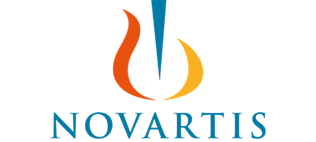
Bosch Rexroth (31 Aug 2021) - Problem Statement (1)
Objectives:
- To help establish fully interconnected and digitised smart factories
- Data to be extracted from legacy machining data/throughput
- Data within legacy machines/systems can integrate with external condition monitoring systems into one complete dashboard
Desired Outcomes:
- Key users are management and shop-floor personnel.
- One current method to obtain data from legacy machines is to introduce sensors in a non-invasive way to extract data for visualisation and analysis.
- However, there are still crucial data of these legacy machines or data from their Manufacturing Execution system that are still not retrievable.
- The limitation to the add-on sensors is that they cannot generate data to the needs of business owners fully.
Current Limitations:
- Costly and unjustifiable to replace existing legacy machines/systems (e.g. CNC/laser cutting).
- Lack of standard IoT communication protocols like MQTT and OPC UA.
- External sensors can only fulfil a partial wish list of business owners – mainly on reducing downtime and saving wastage costs.
- Crucial data like cutting speed, machine uptime, and throughput are also needed for OEE.
